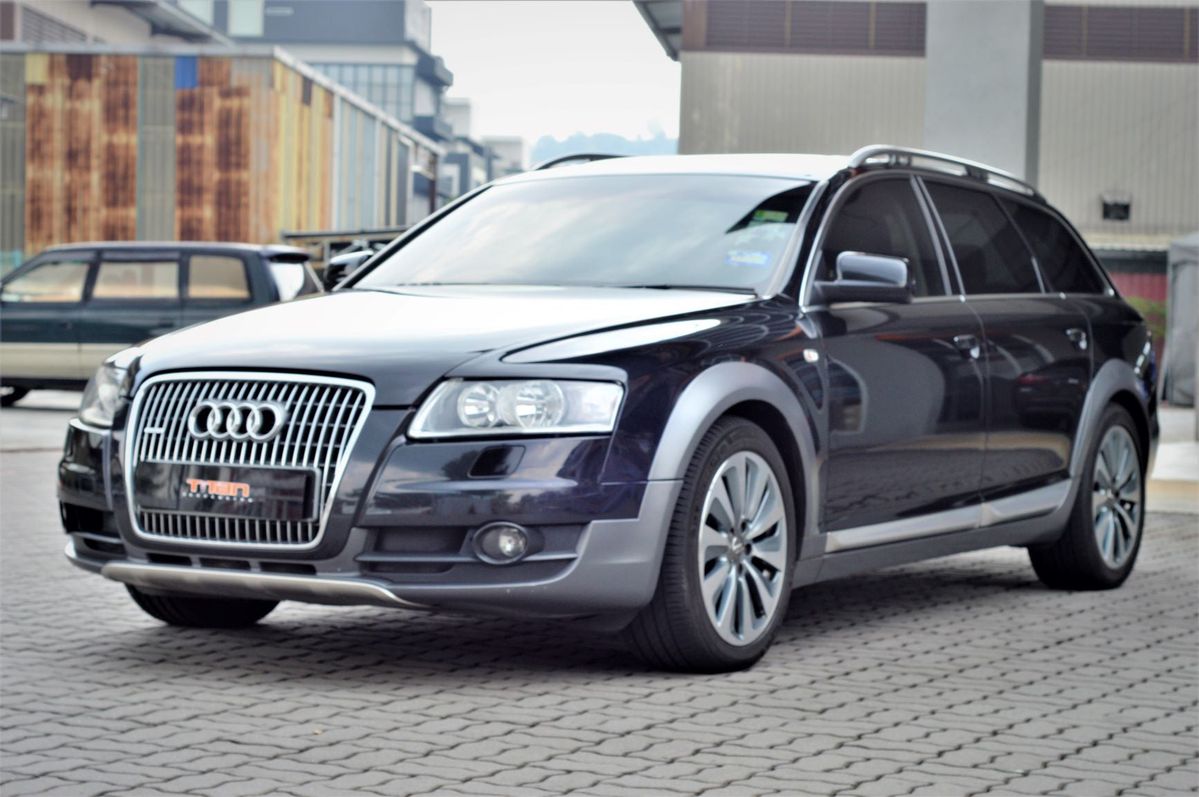Let’s be honest—when you’re spending hours behind the wheel, whether in bumper-to-bumper traffic or on a cross-country drive, the last thing you want is a seat that feels like a medieval torture device.
Comfortable seating isn’t just a luxury—it’s a necessity. And that’s where adjustability comes in. More adjustable seats mean better driving posture, reduced fatigue, and a lot less back pain.
Some sedans understand the assignment and go all in—lumbar support, multi-directional electronic tweaks, memory presets, even massage functions. Others? They stick you with the basic back-and-forth lever and maybe a recline dial if you’re lucky.
This article dives into both extremes. We’re highlighting 5 sedans that spoil you with adjustable seating options and 5 that still keep things bare-bones with manual-only setups. Some are luxury, some are surprisingly affordable, and some just don’t care about your spine.
If you’re tall, short, old, or just picky about driving posture, you’ll want to know which sedans are worth your attention—and which ones are stuck in the past.
We’re talking real-world relevance, not brochure fluff. Let’s get into it.
5 Sedans With the Most Adjustable Seats
These five sedans have turned seat adjustability into an art form. With power adjustments in all directions, lumbar support, memory presets, and in some cases, even heating/cooling and massage features, they’re built for people who want to drive in comfort, not just from point A to B.
ALSO READ: 5 Cars That Never Stall With Kids in the Back and 5 That Constantly Do
1. Mercedes-Benz E-Class
You’d expect luxury from a Mercedes, and the E-Class delivers. The front seats offer up to 16-way power adjustability, including four-way lumbar support and thigh extensions.
Plus, memory settings make it easy for multiple drivers to find their perfect spot every time. Optional massage functions and ventilated seats just push it over the top.
Rear-seat passengers don’t get left out either. Depending on the trim, the back seats can be power-reclined and heated, too.
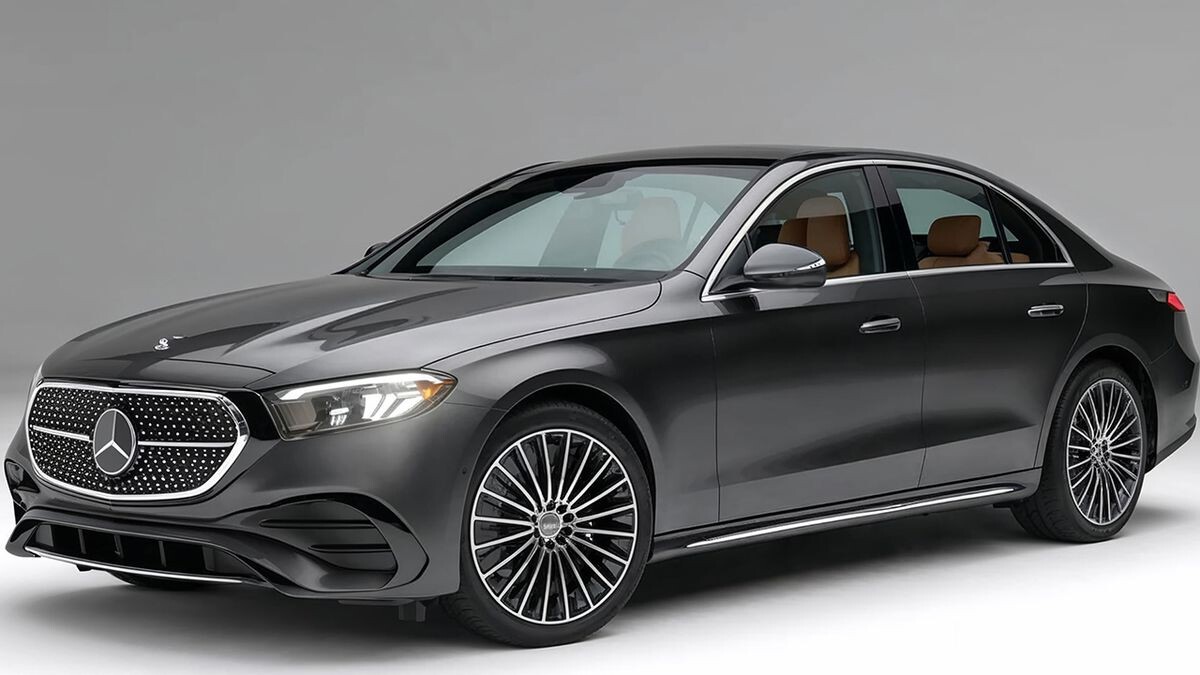
You’ll also find contour-enhancing features that mold to your body over long drives. Pair that with a seriously refined suspension, and the E-Class makes sitting in traffic almost enjoyable.
This is a sedan that understands that “ergonomics” isn’t just a buzzword. If you’ve got chronic back pain, long commutes, or just like feeling fancy, the E-Class is worth every penny. Some rivals match it in performance or tech, but few can touch it in seat comfort.
Downside? You’re paying premium money, so if your budget’s tight, this might be more of a dream than a realistic option. When it comes to adjustable seating, it sets the bar very high.
2. BMW 5 Series
The 5 Series blends sportiness with executive comfort, and its seat adjustability is top-tier. You get 20-way multi-contour front seats that let you tweak everything—from lumbar and thigh support to headrest height and side bolstering. It even has adjustable shoulder support, which is rare outside the high-end luxury bracket.

The 5 Series doesn’t just want you to sit—it wants you to be perfectly positioned. Memory functions store preferences for multiple drivers, and you can get heated and cooled seating options. Add in massage features in the upper trims, and it becomes clear: this sedan is all about tailored comfort.
Even rear passengers get adjustable options depending on the package you pick. For a midsize sedan that’s technically in the executive category, the adjustability is seriously impressive.
It’s not cheap, and yes, some of the nicer seat options are locked behind pricey packages. But if you’re all about comfort and control, this one delivers in spades.
3. Volvo S90
Volvo knows how to make a seat. The S90 isn’t just comfortable—it’s orthopedic. Designed with input from spine specialists, the front seats are 14-way power adjustable and include four-way lumbar support, seat cushion extension, and even power-adjustable side bolsters.
The highlight? The optional “ventilated Nappa leather front seats with massage.” They’re stupidly good.
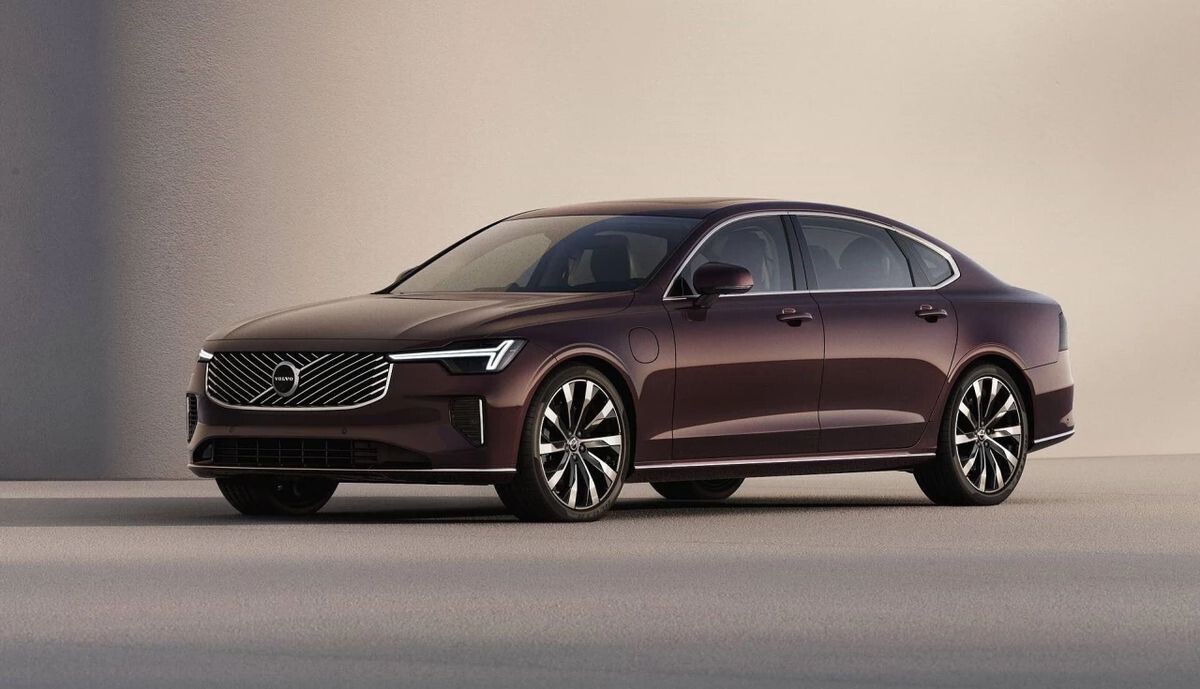
Whether you’re just going to the store or taking a six-hour road trip, the S90’s seats are like supportive recliners. The memory settings and seat heating/cooling wrap it up nicely.
What’s cool is that this level of comfort not only serves the driver. The S90’s rear seating is surprisingly generous in space and also includes heating options, which you don’t always get outside of luxury sedans.
Volvo’s whole vibe is minimalist and calming, and the seat design matches. It’s the kind of car where you finish a long drive and feel rested. Not bad for a brand that rarely screams for attention.
4. Genesis G80
The G80 is a legit underdog. People sleep on it because it’s not German, but the seat adjustability is wild. Front seats come with up to 16-way adjustments, lumbar support, memory settings, and even a feature called “Ergo Motion” that includes stretching and posture correction.
The cool part? It uses air cells inside the seats to subtly shift your posture during long drives. So even if you forget to take breaks, your body doesn’t feel like it.
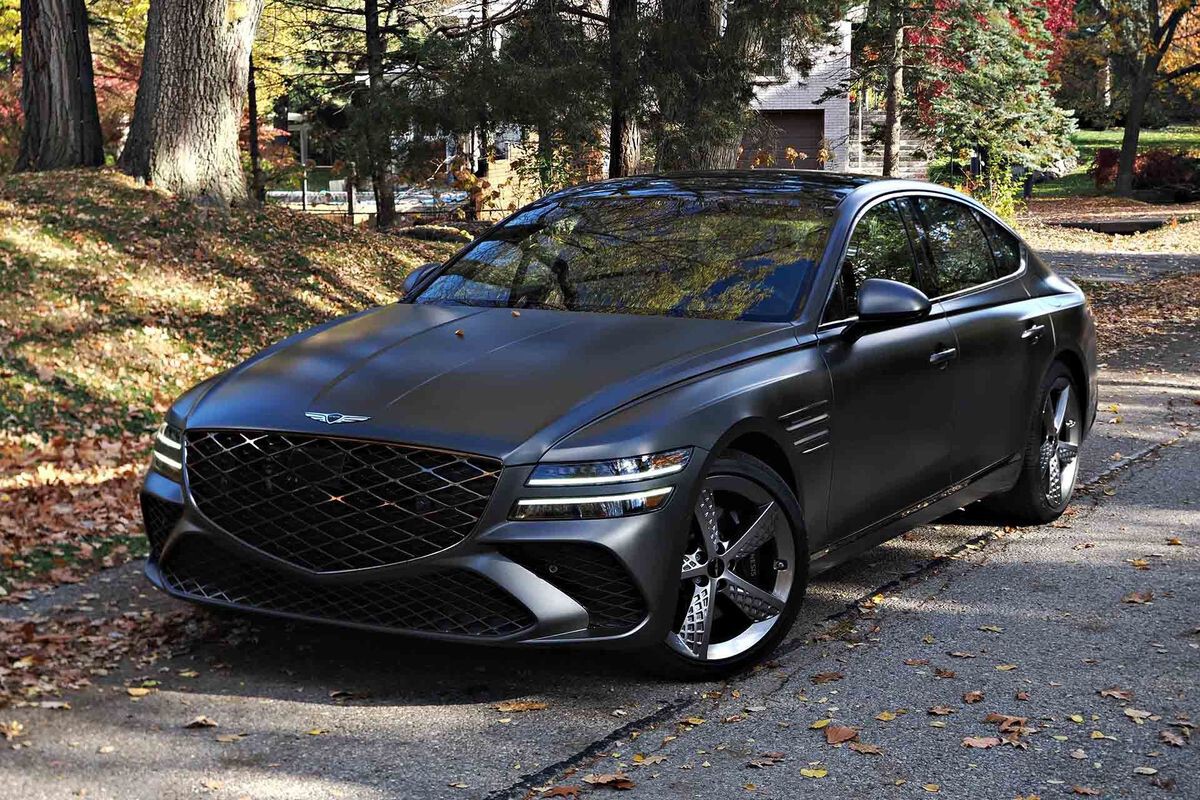
The G80 also offers heated, ventilated, and massage seating. Rear seats? Heated and powered in upper trims.
Genesis is gunning for BMW and Mercedes, and in the seat comfort category, it’s giving them a real fight. The best part? It usually costs less, so you’re getting all this without a soul-crushing price tag.
If adjustability and tech-driven comfort are your priority, the G80 deserves serious attention. It may not have the same badge prestige, but your spine won’t care.
5. Audi A6
Audi has quietly nailed seat comfort in the A6. The base model already gives you 12-way power-adjustable seats, but move up even a bit and you’re looking at 18-way adjustability with massage, heating, and ventilation. There’s even a memory function for both driver and front passenger.
What’s especially good is the balance between sport and comfort. You can dial in bolstering if you want a tighter hold or relax it for more breathing room.
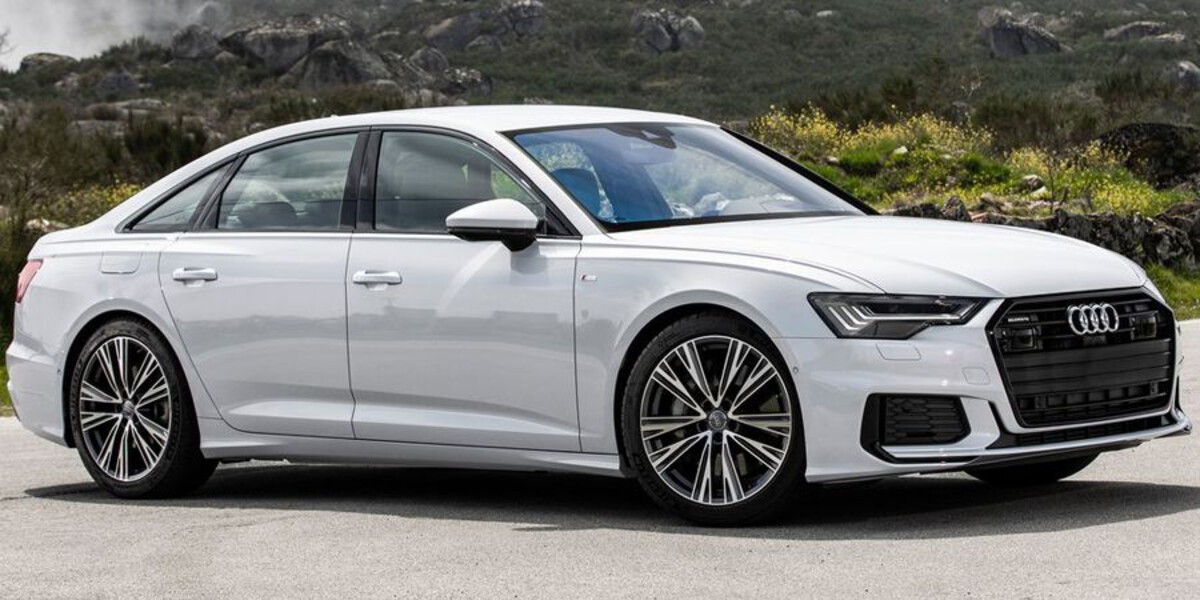
Even the lumbar support is adjustable in four directions. And because Audi interiors are pretty much vaults of quiet, the seating experience feels cocoon-like.
Rear-seat adjustability is limited unless you go high-trim, but even the standard rear bench is designed for good posture and all-day support. The A6 is a great blend of comfort, understated luxury, and ergonomic awareness.
It’s not flashy, but for people who know what to look for, the seat adjustability in the A6 is top-tier.
5 Sedans With Manual Only
These sedans don’t even try to impress with seat adjustments. They’re strictly manual, and that’s fine if you’re on a budget—but don’t expect comfort on long hauls. If you’re picky about your seating position or share your car often, these may drive you nuts.
ALSO READ: 5 Cars That Handle Wet Roads Safely and 5 That Slip at Every Turn
6. Toyota Corolla
Classic, reliable, and… basic. The Corolla is known for affordability and longevity, but seat adjustability isn’t its strong suit. Most trims still come with six-way manually adjustable driver seats and four-way manual passenger seats. No lumbar support. No memory settings. No power features. Just pull levers and hope for the best.
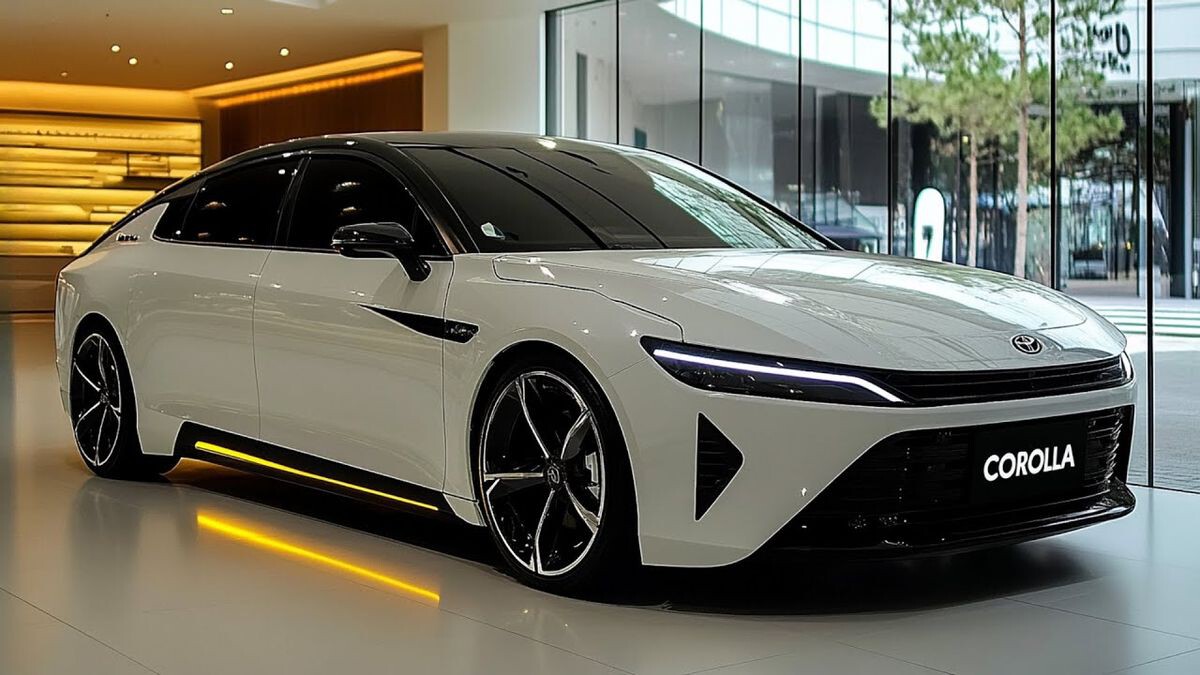
It’s good enough for short drives or city errands, but don’t expect it to keep your back happy on a road trip. The fabric seats in the lower trims feel firm, and while upper trims add better material, adjustability remains stuck in the manual world.
Toyota knows most Corolla buyers want dependability, not luxury, and the seats reflect that. If you want comfort, you’re going to have to look at higher-end Toyota models—or just buy a lumbar cushion off Amazon.
7. Nissan Versa
The Versa is one of the cheapest sedans on the market, and the interior shows it. The front seats are completely manual with a limited range. No lumbar, no power adjustments, and if you’re on the taller side, you’ll notice the awkward seating angles right away.
Rear seats? Don’t even think about it. They’re flat, firm, and unremarkable. The fabric is okay for the price, but the overall support just isn’t there.
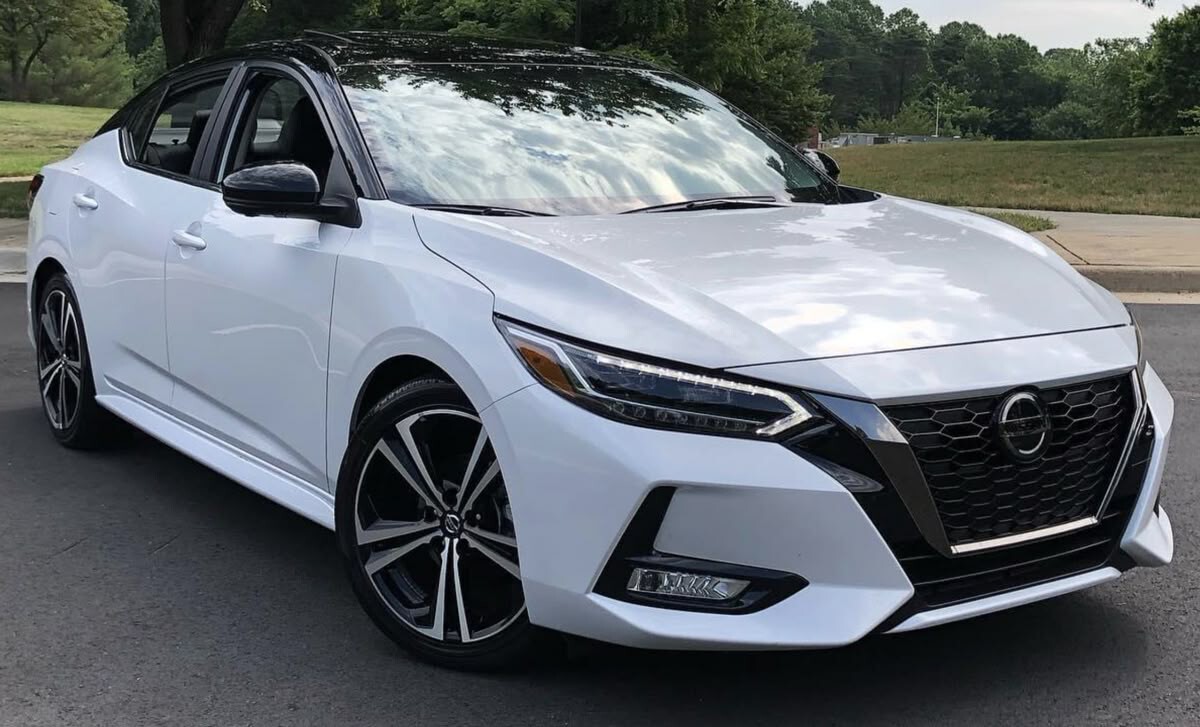
For budget buyers or rideshare drivers who need a no-nonsense car, it’s fine. But if you spend more than 30 minutes a day in your car, this setup can get tiring fast. Even a cheap used car might give you more comfort than this bare-bones layout.
8. Hyundai Accent
Hyundai has made huge strides in recent years, but the Accent is still very much in budget territory. Manual front seat adjustments, no lumbar support, and no power options—even in higher trims. You get what you get, and what you get is not great for long commutes.

The seats themselves are a bit narrow and flat, with limited side support. Visibility is good, sure, but comfort? Meh. This is a car built to be cheap and simple, and the seating reflects that.
If you’re just looking for an affordable A-to-B car, it works. But if your daily driving goes beyond 30 minutes, you’ll start to feel it. Not for picky sitters or posture nerds.
9. Kia Rio
Much like the Accent, the Kia Rio keeps things bare-bones to keep costs low. The front seats offer only basic manual adjustments. There’s no lumbar, no height control in lower trims, and no memory settings. It feels very old-school in that regard.

The padding is average, and the bolstering is nonexistent. If you’re short or tall, good luck finding that perfect position. There’s no telescopic steering either on some trims, which makes it worse.
Rear seats? Flat and upright. Acceptable for short trips, but not made for real comfort. If seating matters to you at all, look elsewhere.
It’s reliable and cheap, but don’t expect it to pamper you.
10. Chevrolet Malibu (Base Trim)
The Malibu used to be a solid midsize option, but the current model’s base trim feels stuck in 2008. Manual seats across the board, including the driver seat. Not even height adjustment in some versions. Seriously?
The weird thing is, this car is supposed to be a step up from compact sedans, but its adjustability is just sad. The base seat doesn’t contour to your back, and there’s zero lower-back support unless you’re in higher trims.
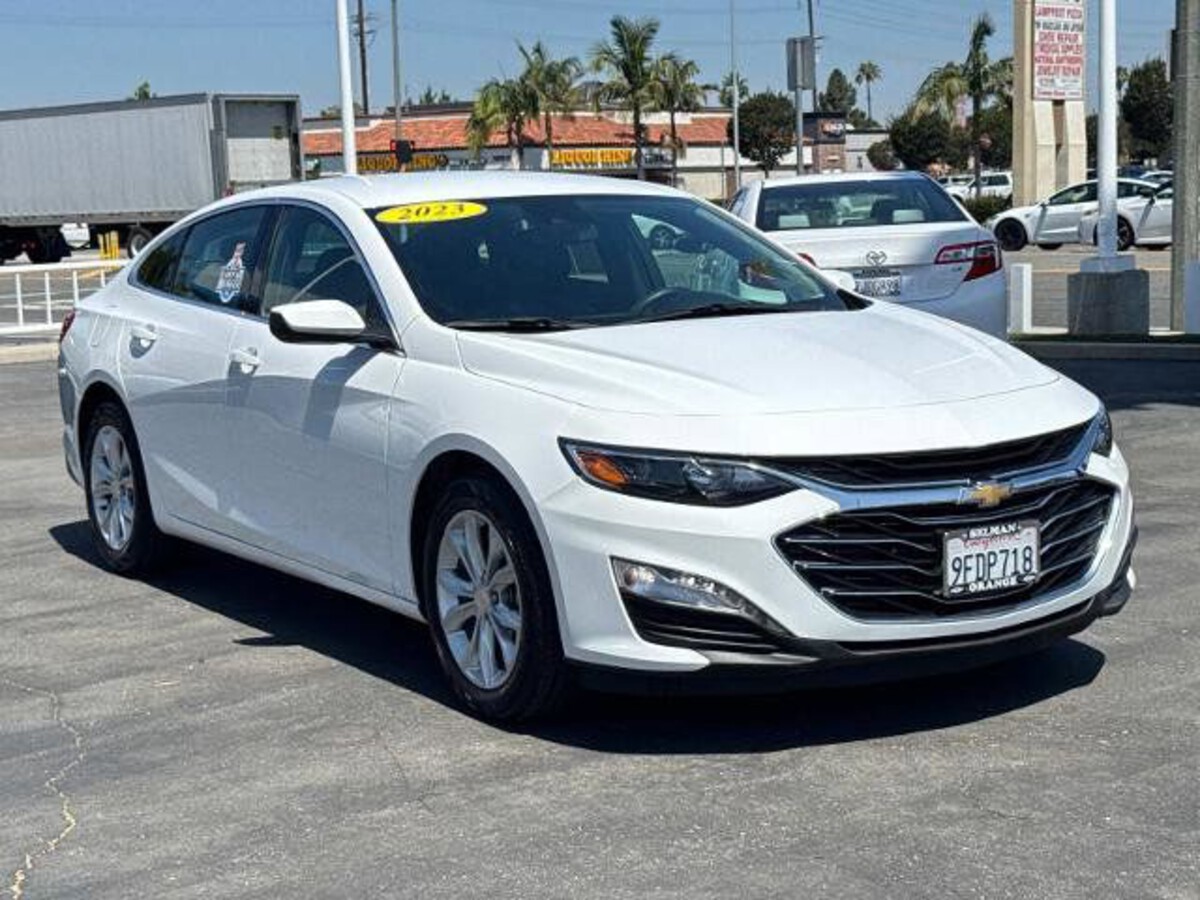
This car screams “rental fleet” more than “personal comfort.” If you must go to Malibu, go up the trim ladder—or you’re better off looking at the used market for something more adjustable.
Seat adjustability might seem small, but anyone who’s done a three-hour drive knows how quickly it matters. The difference between a fully adjustable seat and a manual-only setup can be the difference between getting out refreshed or hobbling out with back pain.
The top-tier sedans—like the Mercedes E-Class, BMW 5 Series, or Volvo S90—put serious engineering into making seats that adapt to you. They’re about comfort, posture, health, and even mood. These cars don’t just transport you—they cater to your body.
On the flip side, budget models like the Corolla or Versa play it super safe and super basic. No frills, no power, no real comfort beyond just “it has a seat.” Fair enough, considering their price tag, but if you care about comfort, they’re a hard sell.
So what’s the takeaway? If you’ve got the budget and value your spine, adjustable seats are 100% worth prioritizing. If you’re on a tighter budget, at least aim for trims that give some control over posture. Because once you experience real seat comfort, it’s hard to go back.

